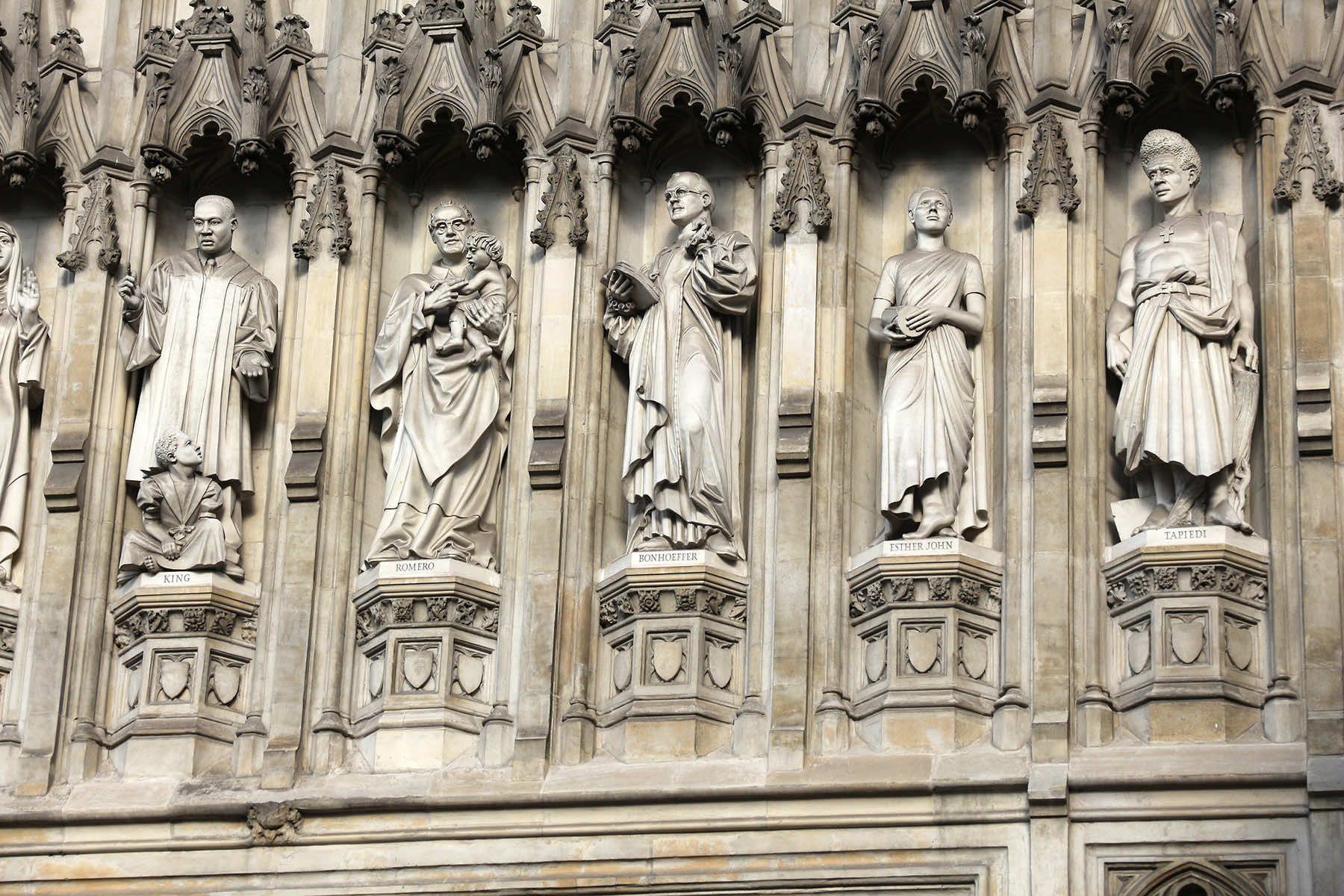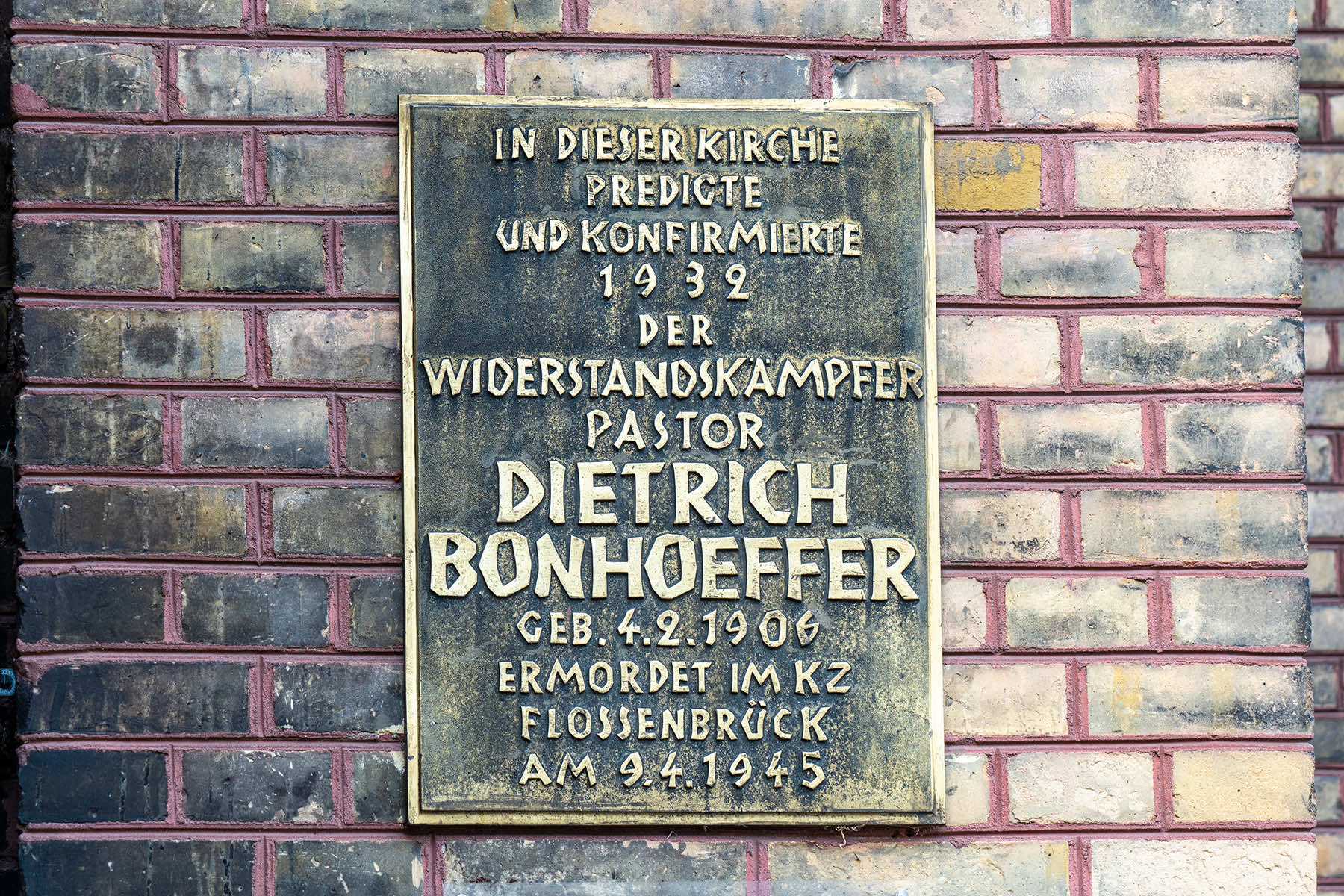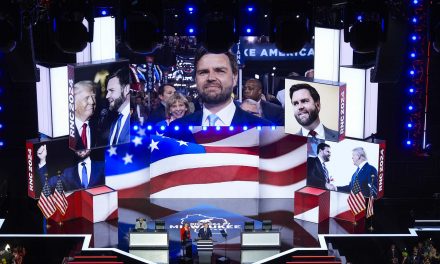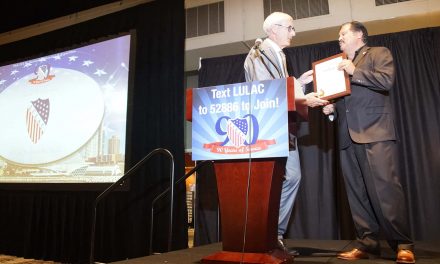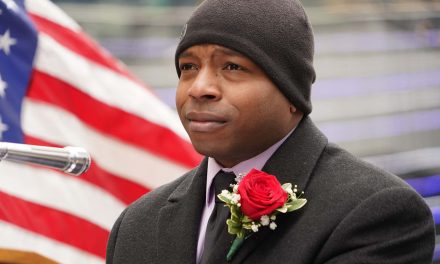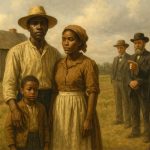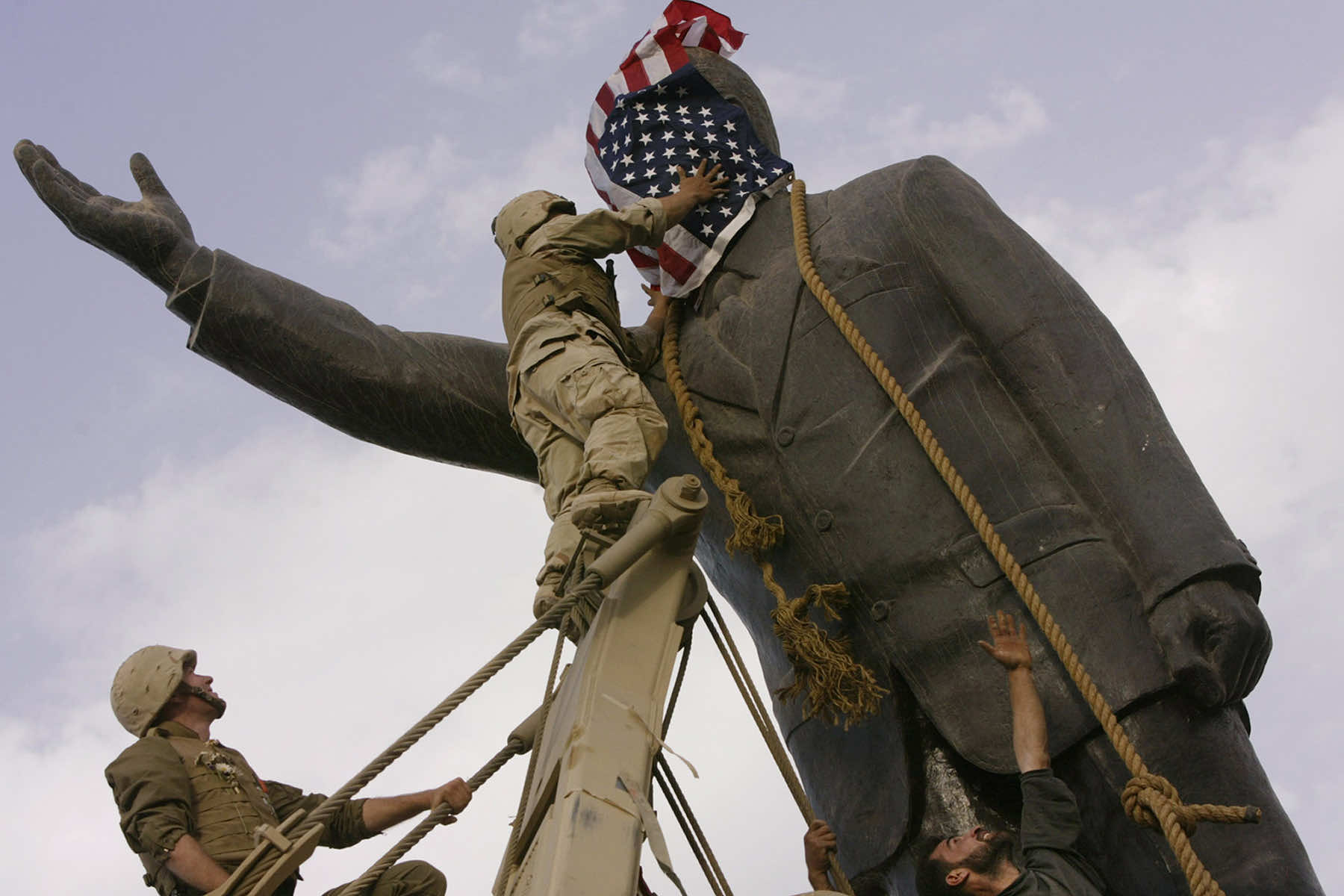
As America stands on the other side of yet another pivotal election, many look around, wondering why faith leaders were hesitant to confront the lingering influences of the toxic MAGA movement.
Historical figures like Dietrich Bonhoeffer, who famously stood against the moral failings of his time, have been largely absent in the modern political landscape in America. For those who see the movement that propelled Trump to power as antithetical to the core values of their faith, the silence from religious leaders is a disheartening reality.
It also raises questions not only about the courage of America’s faith communities but also about the integrity of religious teachings in a time when the lines between politics and faith have blurred.
Why, people ask, has there not been more resistance? Why do we see so few prominent faith leaders willing to challenge a movement that thrives on divisiveness, nationalism, and even hostility to some of the most basic teachings of compassion and mercy? To truly understand, we need to look at the pressures, divides, and subtle forces shaping today’s religious communities and leadership.
POLITICAL POWER AND THE TEMPTATION OF INFLUENCE
Bonhoeffer was a German theologian, pastor, and anti-Nazi dissident known for his resistance to Hitler’s regime and his theological writings on ethics and Christian discipleship. A founding member of the Confessing Church, which opposed Nazi interference in German Protestant churches, Bonhoeffer spoke out against the regime’s oppressive policies and was involved in a plot to assassinate Hitler.
Arrested by the Gestapo in 1943, he was eventually executed in 1945. His works, including “The Cost of Discipleship,” continue to influence Christian thought, particularly around the concepts of moral courage, faith in action, and resistance to tyranny.
Since 2016, many Christian communities, particularly among White evangelicals, formed a powerful alliance with Donald Trump’s political vision. That connection was not purely accidental or even entirely based on shared ideology.
For many, it was a practical move — an exchange of support for promises of policy influence and judicial appointments on issues like abortion, religious freedom, and education. For the first time in decades, these communities saw their priorities given a national platform, solidifying a sense of political validation that they felt had been waning in secular America.
But that validation came with consequences. In choosing to align so closely with a political figure, many religious communities inadvertently traded moral authority for political power. The pastoral messages of compassion, humility, and charity were at times replaced with a “Culture War” mentality, focused on winning battles rather than leading with integrity.
Any critiques of Trump’s actions, even from within, were met with hostility. Questioning the alignment was framed as unfaithful or “un-American,” creating a climate where voices of courage within these communities struggled to emerge. Many faith leaders, seeing that dynamic, opted for caution, fearful that stepping into the political fray would lead to a backlash within their own congregations.
That practical alignment left many wondering what price had been paid for proximity to power. If the leader of a faith community champions the qualities contrary to the spirit of the gospel — divisiveness, self-promotion, and an intolerance for dissent — how is that reconciled with their teachings? Is such a partnership ultimately sustainable?
Just as the U.S. intervention in Iraq sought to “liberate” the nation but led to deep division and unforeseen consequences, the MAGA movement in America embodies a similar tension between ideals and outcomes.
Many MAGA supporters see themselves as reclaiming a “true” version of America, driven by a sense of false patriotism and consumer-driven nostalgia. However, the controversial movement has choked the country with a decade of polarization that invoked symbols of racial dominance.
Like the flag draped over the head of Saddam Hussein’s statue, a symbol of liberation to some, but smothering imperialism to others, the MAGA movement’s vision of a totalitarian nation is celebrated with support for corrupt autocrats like Trump.
America has become a nation at odds with itself over what it truly represents.
THE FEAR OF DIVIDING CONGREGATIONS
Perhaps one of the greatest internal pressures faith leaders face is the sharp political divide within their own communities. In many churches, temples, and mosques, political identities are deeply ingrained, and challenging those identities can be risky. It is not just about losing congregants, it is about the real possibility of splitting communities that have been close-knit for generations.
For pastors in small, rural congregations where support for Trump and the MAGA movement is strong, any public criticism of Trump could alienate a large portion of their congregation, affecting church attendance, financial stability, and the unity of their spiritual community. In these cases, the fear of division is not abstract, it is very real.
Many leaders find themselves in a moral quandary, wondering if speaking out is worth the potential fallout. Unity, after all, is a core value in religious teachings, but at what cost? Some in the MAGA movement have reframed political allegiance as a test of faith itself. They argue that supporting MAGA is not just a political choice but a defense of “Christian America.”
That message has resonated deeply with those who feel marginalized in a rapidly secularizing society. The movement has managed to interlace faith with a brand of White Nationalism, making it difficult for leaders to distinguish between religious identity and political ideology.
THE INFLUENCE OF MONEY, MEDIA, AND ECHO CHAMBERS
Today’s media environment amplifies voices that support political figures like Trump, often outshining those who advocate for a return to core Christian values of compassion, humility, and service. Conservative networks, social media platforms, and well-funded evangelical organizations frequently project a toxic and twisted version of Christian patriotism that positions Trump as the guardian of religious freedom and moral values.
But the influence does not end with the news media. Financial pressure plays a significant role, particularly for smaller, community-funded churches. Religious institutions rely on the support of their members, and speaking out against a popular political figure risks financial repercussions. Congregants who feel alienated by a leader’s stance might pull their support, leading to funding challenges. For leaders in these situations, silence is sometimes seen as a safer, more pragmatic choice, despite the moral cost.
Such an economic dependency fosters a kind of self-censorship. Faith leaders are not only balancing theological concerns but also the harsh realities of maintaining a sustainable institution. In this sense, financial influence has a subtle, yet profound impact on the messaging that comes from the pulpit. The gospel, for many, is filtered through a lens of economic survival.
THE MISSING VOICES OF COURAGE
While it may seem that voices of courage are absent, the perception is only partially true. Across the country, many faith leaders are working tirelessly to uphold the principles of love, justice, and compassion. They just do not always make national headlines.
Rev. William Barber, co-chair of the Poor People’s Campaign, has been an outspoken critic of Trump’s influence on the Christian right, arguing that faith should never be weaponized for division. His stance, however, is not universally popular and has faced pushback even within his own communities.
In cities like Milwaukee, interfaith coalitions have denounced nationalism and bigotry, emphasizing that faith cannot be aligned with political gain.
Other leaders, particularly in urban and multicultural areas, are working to create inclusive, welcoming spaces that resist divisive politics. These leaders may not have the media reach or financial power of prominent MAGA-aligned figures, but they are quietly fostering communities of acceptance and compassion.
In an era where visibility often equates to legitimacy, these quieter voices might not always be recognized, but their impact on individual lives is profound. They stand as reminders that moral courage does not always need a national platform. Sometimes it is enough for one leader to guide their community in kindness, humility, and resilience.
WHAT COURAGE LOOKS LIKE TODAY
Courage, in this complex landscape, may look very different from the defiance of Bonhoeffer. It might be quieter and more grounded in daily acts of integrity. Today’s voices of courage are not always in pulpits but in the choices people make to live out their faith genuinely.
Courage means the pastor who preaches inclusion, despite knowing it may alienate some congregants. It is the rabbi, imam, or minister who chooses compassion over allegiance, even if it makes them a target. Courage is the choice to uphold justice and kindness because it is right, not out of a desire for fame and recognition.
True leadership may look different in this era of hypervisibility. The courage to live one’s daily faith authentically might not always demand a loud voice. It simply requires an unwavering commitment to compassion in the face of division.
A CALL TO THE FAITHFUL
For those who long for faith leaders to rise up, to be today’s voices of courage, the call is clear. Seek out those already leading with integrity, support them, and perhaps most importantly, embody the values we wish to see. The future of faith in America rests on more than sermons or statements, it rests on each individual’s commitment to uphold love, mercy, and justice.
Faith was never meant to be easy, especially in a world surrounded by so much disappointment. In the moments where faith leaders fall short or remain silent, the responsibility shifts to each individual, each community, and each person willing to live out their beliefs. In these small acts, the true spirit of courage lives on, no matter the political tides.
© Photo
Jerome Delay (AP) and Tupungato, Mo Photo, Goga18128 (via Shutterstock)

